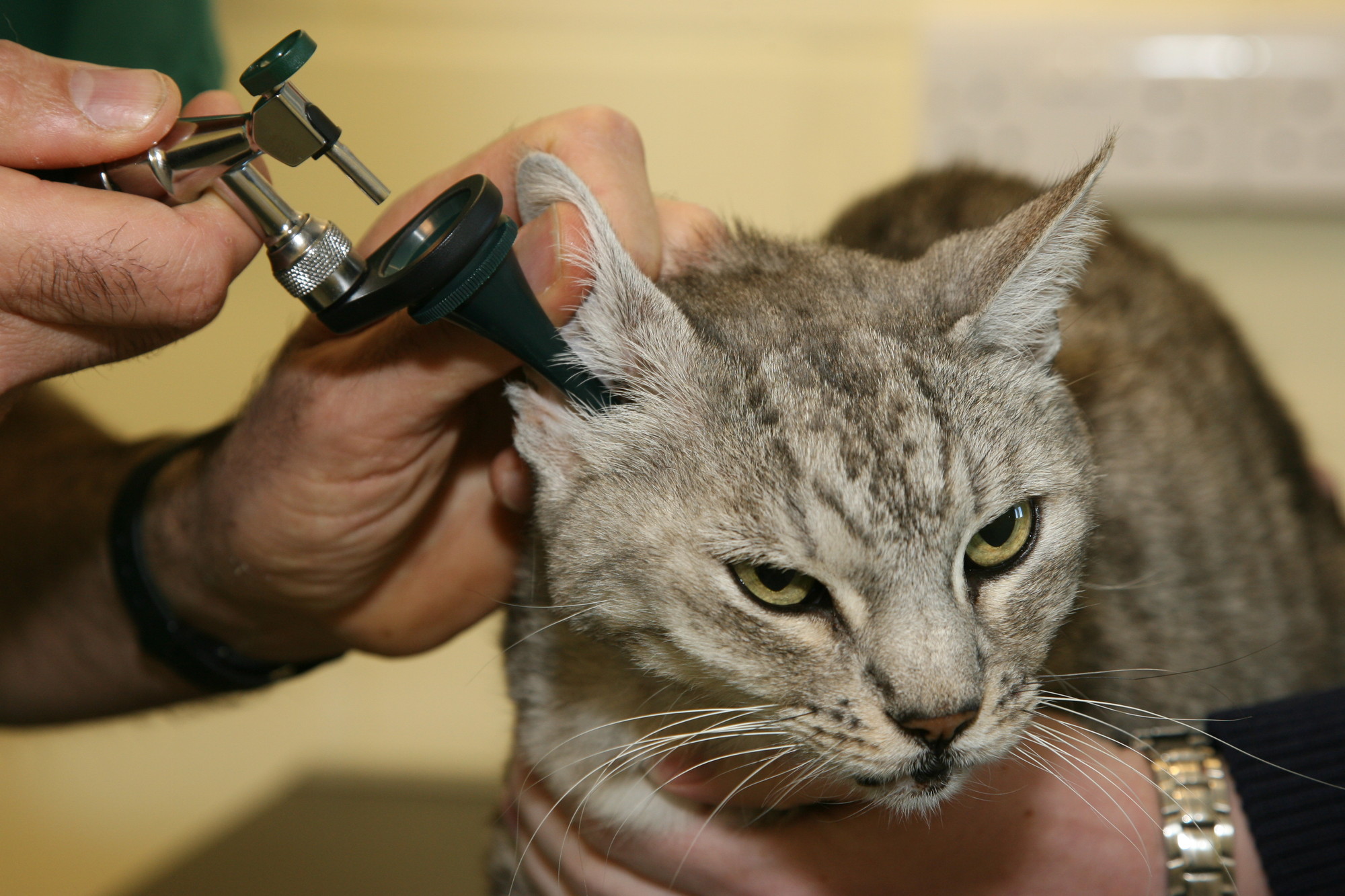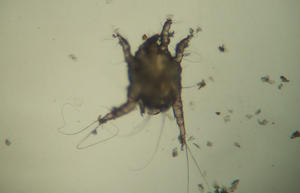
Ear mites in cats
What are ear mites?
Ear mites are tiny animals and are a fairly common parasite in both cats and dogs. They look like tiny white dots, but can barely be seen with the naked eye.
Ear mites live on the skin of the ear canal and feed off ear wax and skin oils. An adult normally lives for around two months, but they can multiply quickly. Eggs take just four days to hatch and a further three weeks to develop into an adult mite ready to breed.
Signs your cat may have ear mites
An ear mite infection will cause your cat’s ears to itch. This often results in them:
- shaking their head or scratching their ears excessively
- having red and inflamed ears caused by extra wax and irritation
- producing a black, dry ear discharge which can sometimes let off a bad smell
Irritation in a cat’s ear can also be caused by allergies leading to an infection that can look similar to ear mites. So, it’s crucial that you get your pet to the vet for a proper diagnosis.
How will ear mites be diagnosed and treated?
Your vet will be able to examine your pet to decide whether your cat is suffering from:
- a bacterial or yeast ear infection which can be related to an allergy
- ear mites
Your vet may be able to see the mites during an ear exam or they may need to take a swab and look at it under a microscope to confirm this. They will then provide your cat with the correct treatment.
Spot on treatments
This treatment is a lot less stressful for your pet – and for you – than ear drops.
Many spot on flea treatments also prevent and treat ear mites. If recommended by your vet, this is the easiest way to protect your pet from the parasites.
Always follow your vet’s advice on how often and how long you need to treat your cat.
Ear drops
Although spot on treatments are the most popular form of treatment, your vet may advise ear drops to soothe any pain and inflammation caused by the mites.
If using these treatments, it’s crucial that you use them as prescribed, for the recommended time period.
How do cats get ear mites?
Ear mites transfer between animals – or ‘hosts’ – usually through close physical contact.
Are ear mites contagious to other pets?
Yes, ear mites are contagious to other cats and dogs in the household. Even if other pets aren’t showing symptoms of ear mites, it’s essential that they are also treated at the same time. Cats are the most prone to catching ear mites due to their lifestyle habits.
Can humans catch ear mites from pets?
Only in extremely rare cases. Cat owners have been known to develop skin rashes if their pet has ear mites. The ear mites that infect cats are different from the parasite affecting humans.

Donate today
We can’t provide pet advice without your support. Your donations allow our experts to create advice that is accurate and up to date. If you found this page useful, please help us to create more pet advice by donating.

Donate today
We can’t provide pet advice without your support. Your donations allow our experts to create advice that is accurate and up to date. If you found this page useful, please help us to create more pet advice by donating.



